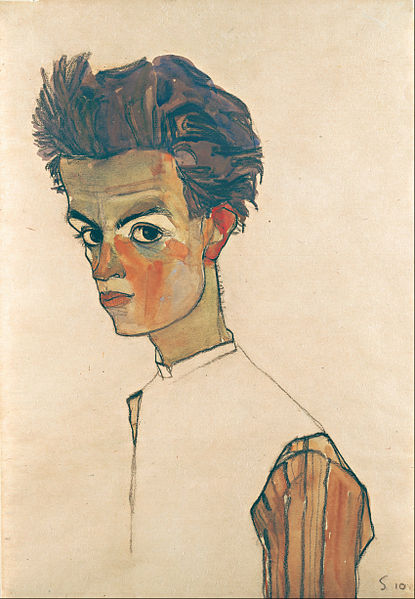
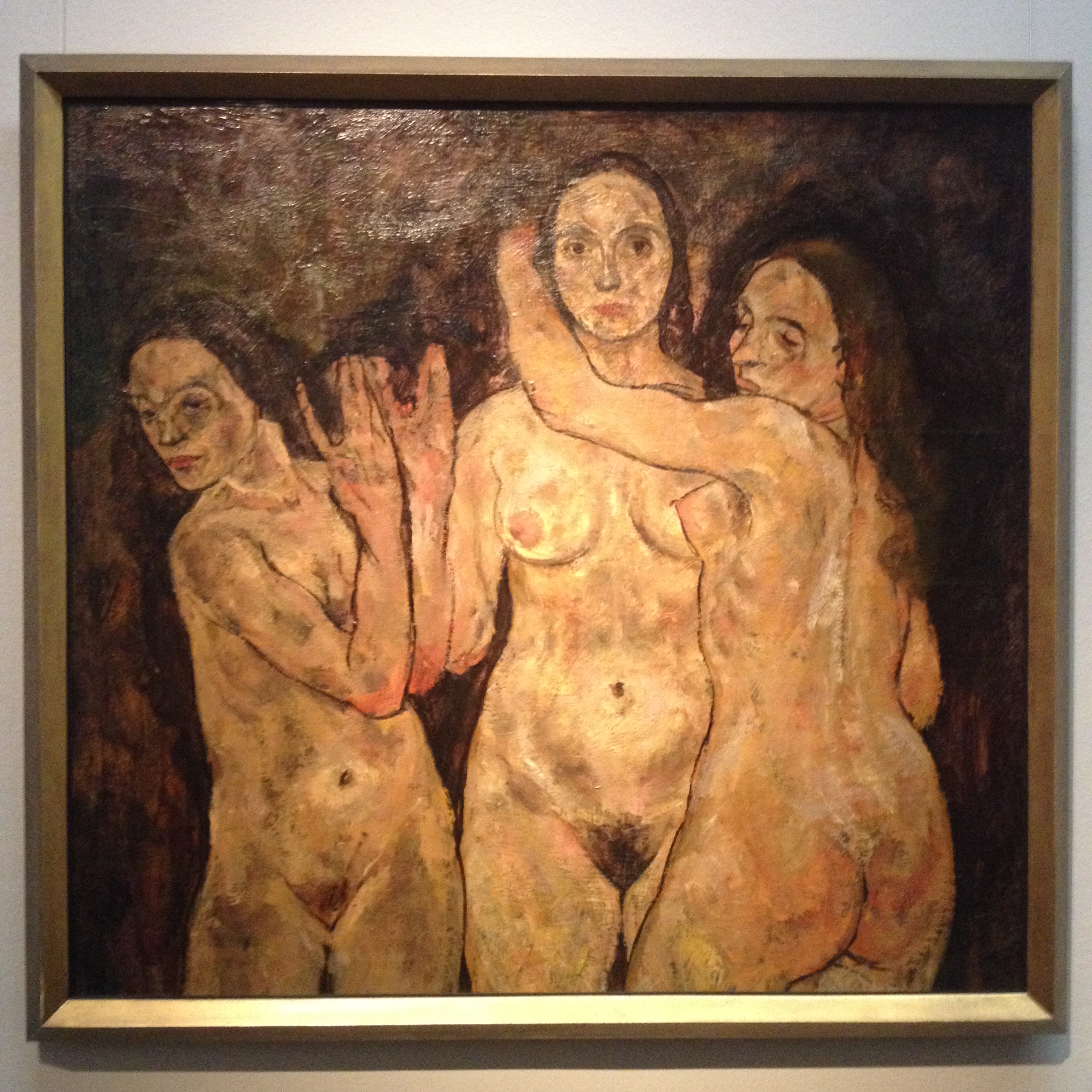
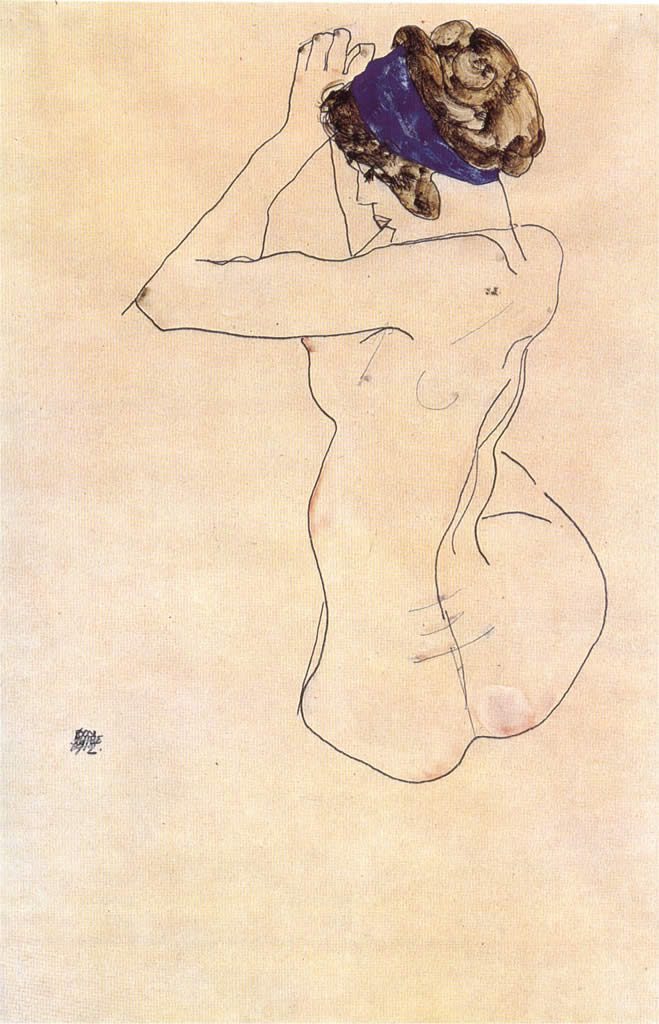
Back in the years of taking my GCSEs, I took part in the Duke Of Edinburgh Bronze Award (not sure I even got the certificate in the end). Required to do a certain amount of hours on a skill of our choice, I chose to take the skills of sewing my Nan had tried to teach me for years that one step further. Optimistically and passionately I decided to take on the challenge of creating a dress that would be specifically designed for women of a similar shape to me – think the pears; Beyonce, JLo, Alicia Keys (although, I’d be flattering myself comparing me to them). For most of us, school highlights our biggest flaws, it’s a time of peer pressure and dissatisfaction of not looking a particular way. But, in all honesty, I’ve always been relatively comfortable with my body, still, I’d be lying if I didn’t say I never wished I was taller or slimmer. When it came to beginning my project I was stuck in the same old rut of drawing figures that represented standardised fashion proportions instead of reflecting how I or these other women like me were truly shaped. For me, the designs didn’t look flattering or didn’t look enticing without the figures and their tremendously long legs or prominent cheekbones. It wasn’t until I went to a water-colouring class that I realised the unrealistic bodies I was creating. An older lady approached me to ask what I was doing, after explaining she politely said “why do you make them so thin? Why don’t you draw them like us? we’re the ones buying them.” She was right but, it was my own insecurities and what I dreamed of being that restricted me from creating a piece that complimented who I was. I was trying so hard to create a piece of clothing that celebrated a woman’s real body shape whilst at the same time acting ashamed of it. In reality, this is how the fashion world portrays their designs but I had the opportunity to use my art to change it.
Having wanted to be a fashion illustrator for so long Nuno Dacosta and Sabine Pieper represent a few favourites of mine along with Megan Hess who does pieces for Dior, Prada and Vanity Fair. Their works are produced by solid lines and seem effortlessly perfect, something I hope one day mine will be too. However, as are with things that are so perfect they are almost always far-fetched from reality, yet even now this is what I inspire my drawings to be like. So when it came to taking a life drawing class for the first time at the University I didn’t know how to begin – In awareness of mental health issues, the University were aiming to promote body positivity – I didn’t know how to sketch so freely like everybody else around me. It normally takes me hours to get one side of a face how I want it, let alone be given 3-5 mins to sketch a whole person. This was all down to wanting perfection. I wanted perfect lines of the body to reflect the skills of me as an artist but, I was missing the point, I was trying to draw things that weren’t there. I was trying to alter parts of the people I was seeing because I couldn’t do with the varied proportions on my page, ones that didn’t coincide with what fashion drawing had taught me. Yet as I looked on and a new pose began I started to understand the freedom of sketching without setting restrictions. As I drew the curves of the woman in front of me I realised the beauty of all our bodies. I looked upon her with admiration, aware that what I was producing on a page from looking at a real life woman in front of me was just as gorgeous as the rule-drawn ones in my fashion sketch books. How people held their bodies, how their bodies curved and didn’t curved became so attractive, and one particular artist who represents this same admiration for people just as much as me is Austrian born artist Egon Schiele.
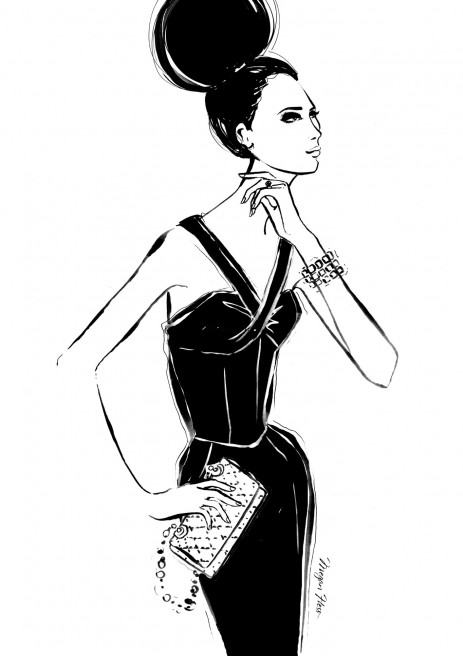
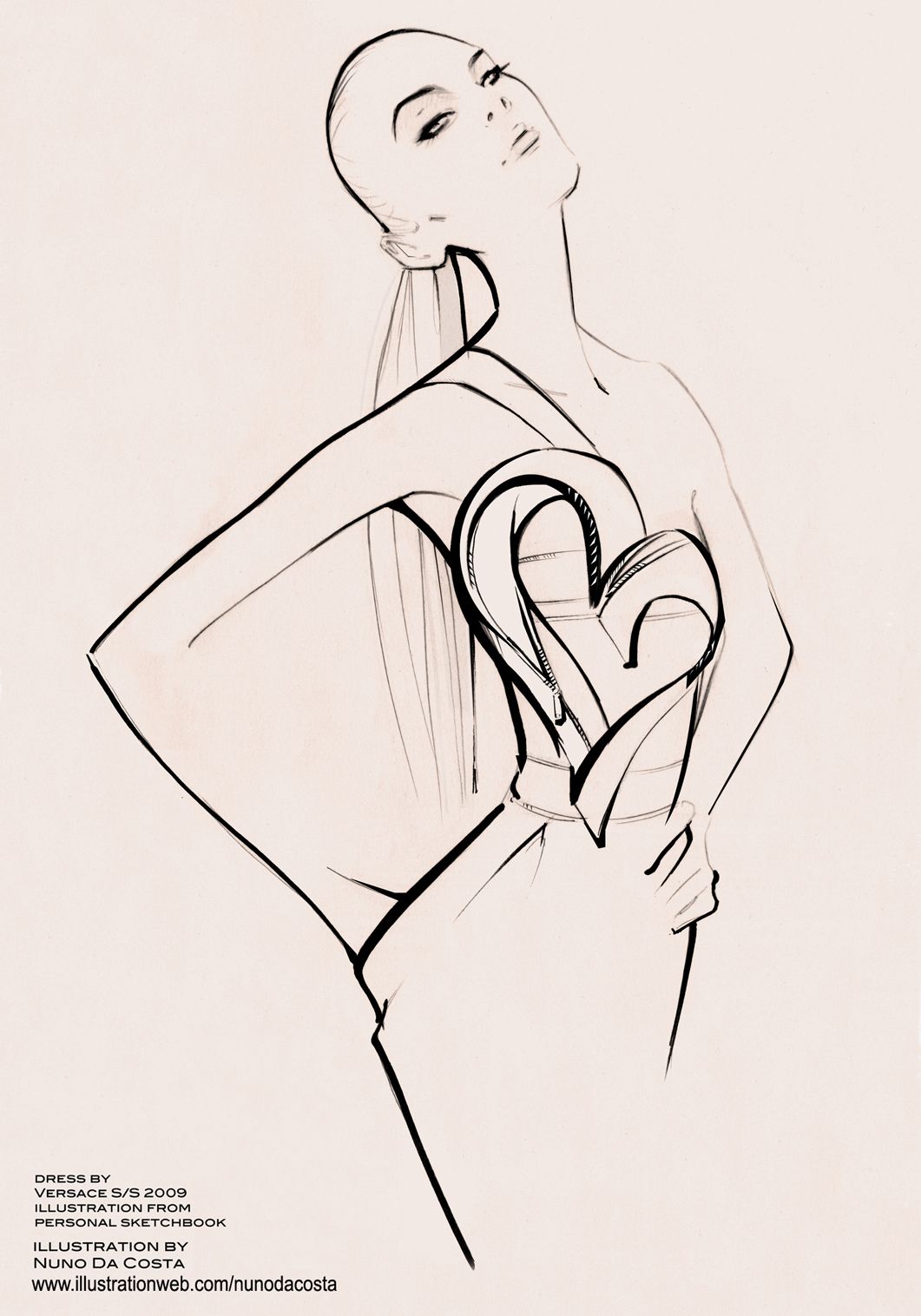
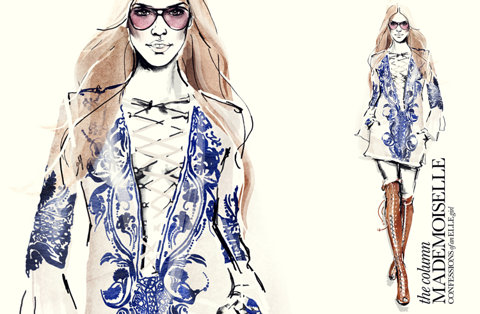
Born in 1890 Schiele only lived to the young age of 28, yet he managed to produce a varied collection of spectacular pieces in his too-short life span. There is not one piece of his work that ceases to fascinate me. That doesn’t draw me to the details of our bodies which we usually criticise. Instead, for me, Schiele’s figurative drawings amplify the beauty of the lines of our bodies, that demonstrate the diversity of our anatomy (Astrid points out a similar point in FEATURE: The Media’s damaging impact on 21st-Century beauty). For years I have been fixated on the steady one-drawn lines used in illustration, the flawlessness and the ideal. Schiele throws all this out the window, he not only strips down his subjects but, with limited mediums he can give more depth to a piece of work than any artist I know. It’s a personal opinion that his pieces strike something inside. When I saw his collection at the Leopold Museum in Vienna, the home of the young artist, it displayed a mixture of emotions. Many of the more detailed paintings looked unhappy and disfigured yet some although, their bodies demonstrated vulnerability at the same time illustrated confidence in a sexual and living nature. His works may not be as exposeing to us now as they were back in the 1920s, however, they still possess a confrontation of body image and sexuality that people are yet unable to face. We shy away from seeing our bodies as they really are, even without media influencing people to find a way to bring themselves down. The variations throughout his collections are unarguable, including his own self-portraits: with his famous-long hands, Shiele depicts himself in so many ways, using himself as a forefront of differences in association with our bodies. Life drawing has taught me the acceptance of loving who we are. Of course, I know there’ll still be days where I dislike how I look but I also believe that the bodies we have as humans, whether we are tall, short, curvy, slim, is the most beautiful thing in the world.
By Founder Lauren Victioria Edwards

